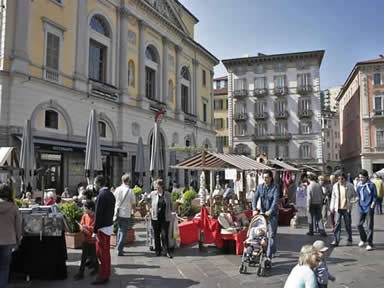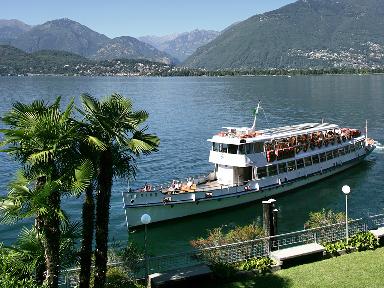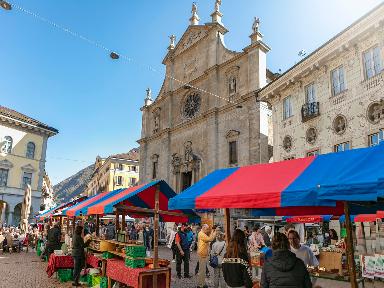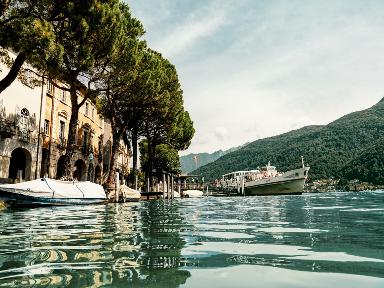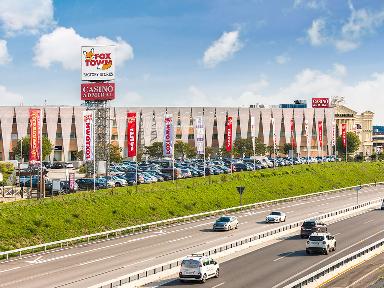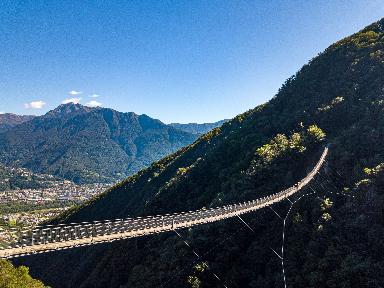Soapstone is characteristically easy to work and accumulates heat. In the past, the presence of this mineral (generally quite rare) in our region led to the particular craft of creating various objects out of soapstone. Even if this mineral can be found in different Sopraceneri regions (Valle Maggia, Valle Verzasca, Centovalli and Locarnese), it?s only in Alta Valmaggia (mostly in Val di Peccia, in Val Lavizzara and in Val di Campo) that its use was significant and not limited to the area, reaching northern Italian regions
. Production began by extracting blocks or slabs of rock fromplaces where it was in abundance. Transport to the valley was difficult and tiresome, given the weight and mass of the material and the distances and slopes to be surmounted. The stone was processed with a hydraulic lathe externally and then carved internally, creating ?laveggi? (ringed vases to put on fires), containers for storing food, and lamps. The stones not exposed to the lathe were processed with cutting and percussion instruments (hammer, chisel, file): vertexes (In Valmaggia there are still almost 500), tubs, tomb stones and ovens were built.
This craft was practiced in ancient times: soapstone artefacts dating back 2000 years have been found. With the discovery of new materials and the spread of new heating technology, stone working began to decline in the mid 1800?s and stopped completely in 1900, when flooding damaged the last hydraulic lathe in San Carlo, Val Peccia.
The ethnographical museum of Vallemaggia (Cevio) has a special section dedicated to the extraction and processing of soapstone.
